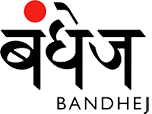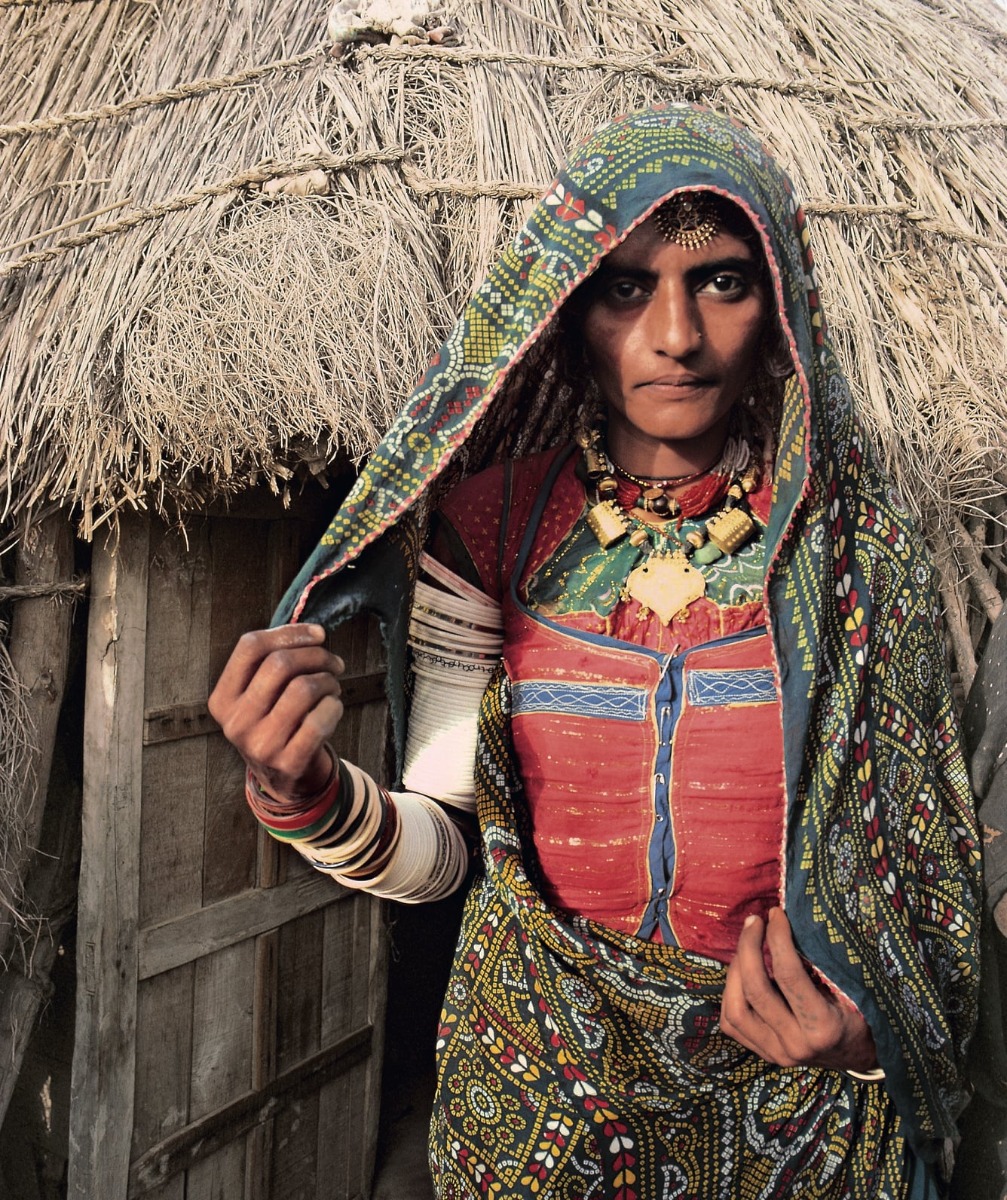
HANDCRAFTED, Sustainable Fashion
Currency

SOOF EMBROIDERY done by the Sodha community

People of the Sodha community migrated from Sindh to Kutch after the 1971 Indo-Pakistan war and first settled around Jhura village in refugee camps. Today, their population is over 25,000 people, and they have spread to 32 villages mostly in the Pachcham region of Kutch. Their costumes are different from that of other communities living in this area. The men wear a white dhoti, white kameez and turban wrapped around the head, with a long tassel hanging on the neck. The women wear a ghaghra, kurti kanjari (a layered blouse) and odhani with a lot of silver and gold jewellery. Their clothing resembles the costumes worn in the desert region of Rajasthan.

The soof embroidery done by the women of the Sodha community is unique in style and technique. The motifs are geometric and patterns are formed with tessellated triangular forms. The embroidery is done from the reverse side. Patterns are created counting the warp and weft threads that are used as the base grid. The motifs are not drawn on the fabric. The embroiderer plans the overall look and manipulates the motifs as she gets on with the embroidery. The embroidery is created by filling in areas, as in satin stitch. They embroider clothes such as blouses, ghaghras, bukanis worn by men over a turban, and home decorations like torans to decorate the doorways, and chaklas to decorate the walls. Sodha women embroider folk games, like chopat, as part of their trousseau.

The kala Raksha foundation has been working closely with the women of this community which has brought visibility and a new urban market for their embroideries helping them earn a much needed supplementary income in these hard times.










